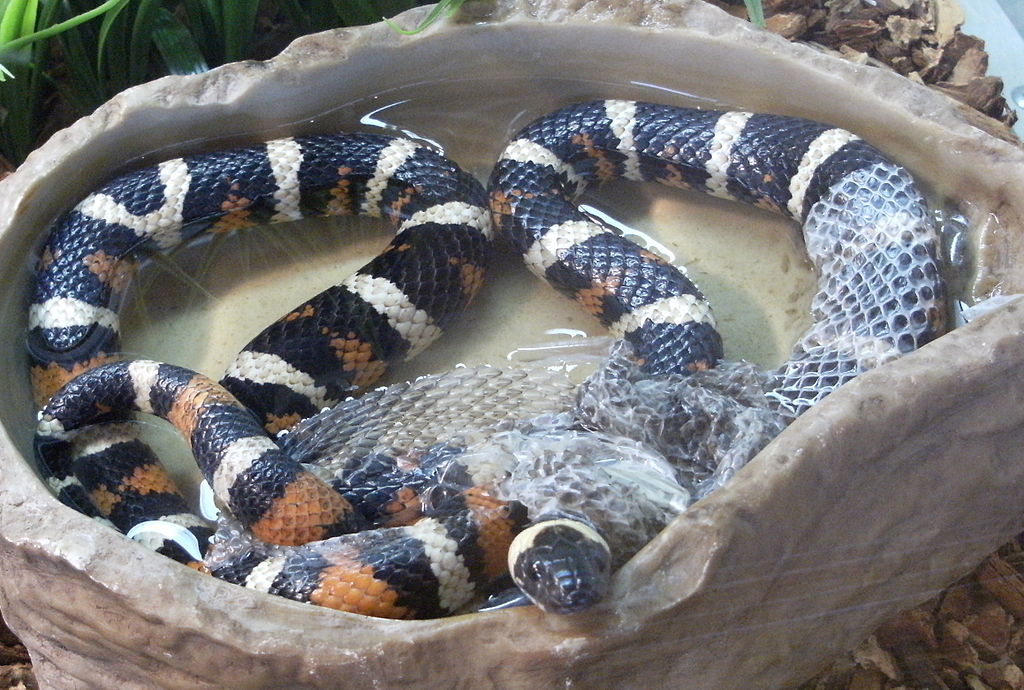Snake ownership brings unique joys and challenges that differ significantly from caring for traditional pets like cats and dogs. One of the most crucial aspects of responsible snake care is learning to recognize when your serpent companion might be experiencing stress. Unlike mammals that might vocalize or display obvious behavioral changes, snakes communicate their discomfort in subtle ways that can be easy to miss. Being able to identify these early warning signs allows you to address potential problems before they escalate into serious health conditions. This comprehensive guide will help you understand what to look for, how to interpret your snake’s behavior, and when intervention might be necessary to ensure your scaly friend remains healthy and content.
Understanding Normal Snake Behavior
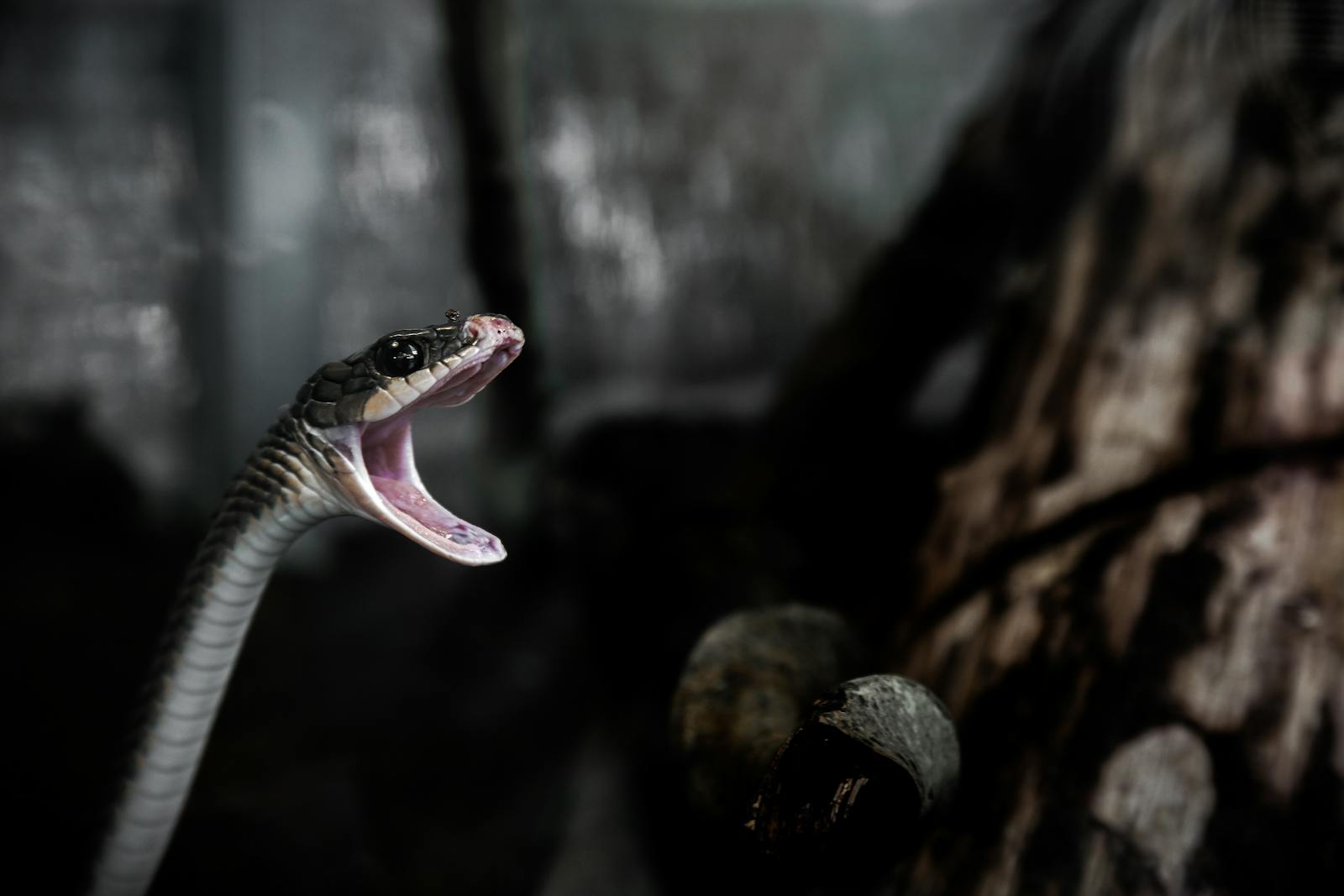
Before identifying stress signals, it’s essential to establish what constitutes normal behavior for your specific snake species. Most healthy snakes display a consistent pattern of activity depending on their species, age, and individual temperament. They typically demonstrate periods of exploration, hiding, thermoregulating (moving between warmer and cooler areas), and resting. A healthy snake will generally have smooth, even breathing, a relaxed body posture, and will show interest in its surroundings during active periods. Regular, successful feeding and complete digestion are also hallmarks of a content snake. Understanding these baseline behaviors provides the necessary context for recognizing when something isn’t right with your reptilian companion.
Changes in Feeding Habits
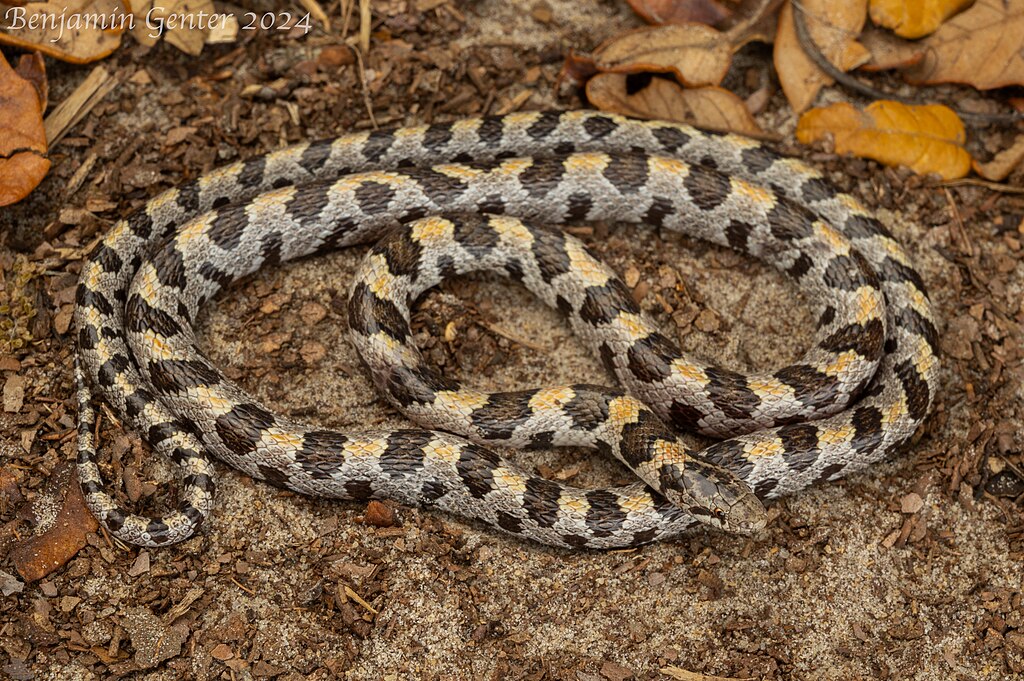
One of the most reliable indicators of stress in pet snakes is a change in their established feeding patterns. A stressed snake may suddenly refuse meals despite having a previously healthy appetite, or it might regurgitate food shortly after eating. Some stressed snakes may strike at food but then fail to consume it, which differs from their typical feeding behavior. It’s important to note that seasonal changes or breeding behavior can also influence appetite, but unexpected or prolonged feeding refusal outside these periods warrants attention. Keep a feeding log to track patterns, as multiple refused meals could indicate your snake is experiencing significant stress or underlying health issues that need addressing.
Unusual Hiding Behavior

While hiding is a natural behavior for snakes, changes in this behavior can signal stress. A snake that suddenly spends excessive time hidden, particularly if it was previously more visible during active periods, may be feeling vulnerable or uncomfortable. Conversely, some stressed snakes may stop using their hides altogether and remain exposed, potentially indicating they don’t feel secure in their environment. Watch for snakes that repeatedly try to escape their enclosures or press their snouts against the glass—behaviors that suggest they’re trying to flee from perceived threats or unsuitable conditions. These changes in normal hiding and exploratory behaviors often represent the snake’s attempt to cope with stressors in its environment.
Defensive Posturing
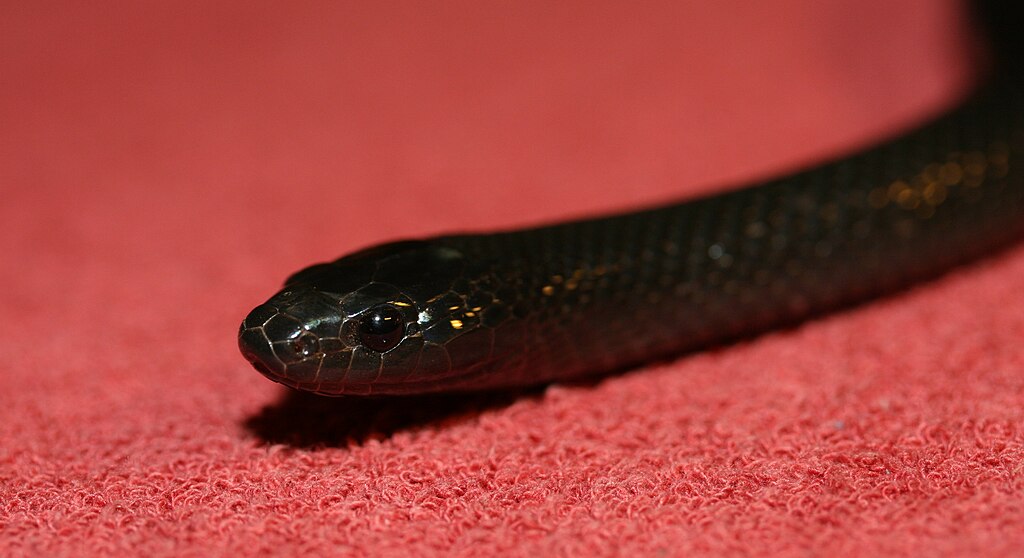
When feeling threatened, snakes will display specific defensive postures that indicate they’re experiencing stress. These may include coiling tightly with the head tucked in, flattening their bodies to appear larger, or assuming a strike position with the front portion of their body raised. Some species might hiss, vibrate their tails, or strike repeatedly when approached, even if they normally tolerate handling. Ball pythons may form their namesake “ball” by tightly coiling around their head, while other species might display open-mouth gaping or expel musk as defensive mechanisms. These reactions are particularly significant if they represent a change from the snake’s typical temperament, suggesting something in the environment has triggered a stress response.
Abnormal Shedding Patterns

Healthy shedding in snakes should occur in one complete piece, often called a “perfect shed.” Stress can significantly disrupt this natural process, resulting in incomplete or patchy shedding where skin remains stuck to the snake’s body, particularly around the eyes (known as “spectacles”) or the tail tip. You might notice your snake spending excessive time soaking in its water dish, which could indicate it’s trying to loosen stuck shed caused by inappropriate humidity levels—a common environmental stressor. Multiple incomplete sheds in succession suggest chronic stress that requires prompt attention to environmental parameters. Remember that retained eye caps can lead to serious infections and vision problems if not addressed, making abnormal shedding both a symptom of stress and a potential cause of additional health complications.
Respiratory Symptoms
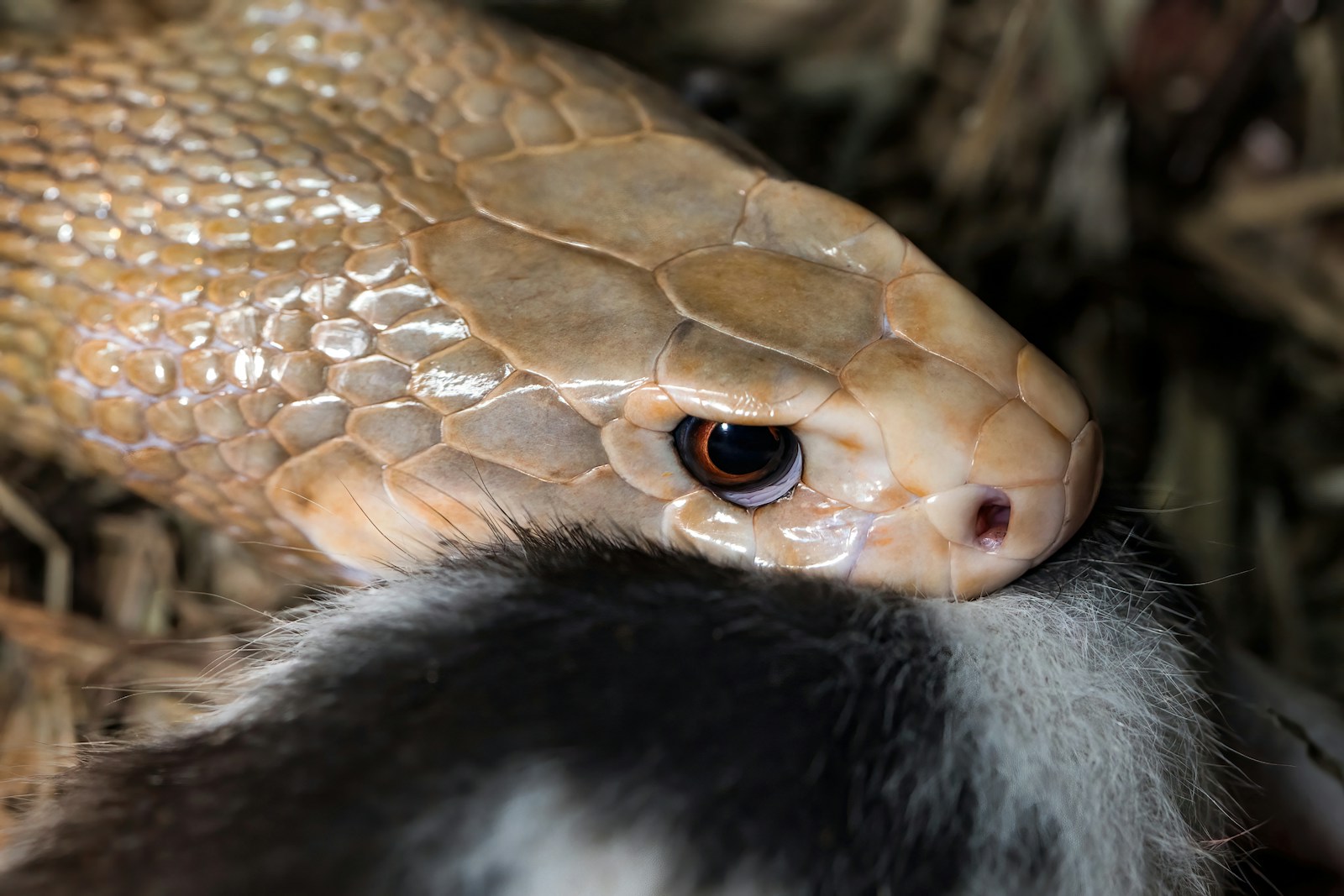
Respiratory distress represents a serious stress response that often indicates environmental problems or developing illness. Listen for unusual sounds during breathing, such as wheezing, clicking, or gurgling, which aren’t normal in healthy snakes. Visual signs include open-mouth breathing, excessive mucus around the mouth or nostrils, or visible struggling to breathe. You might also notice your snake holding its head at an unusual angle, as if trying to clear its airway. Respiratory symptoms often develop when a snake experiences improper temperature or humidity levels for extended periods, creating physiological stress that compromises the respiratory system. These symptoms require immediate attention, as respiratory infections can progress rapidly in reptiles and become life-threatening without proper veterinary intervention.
Weight Loss and Body Condition Changes
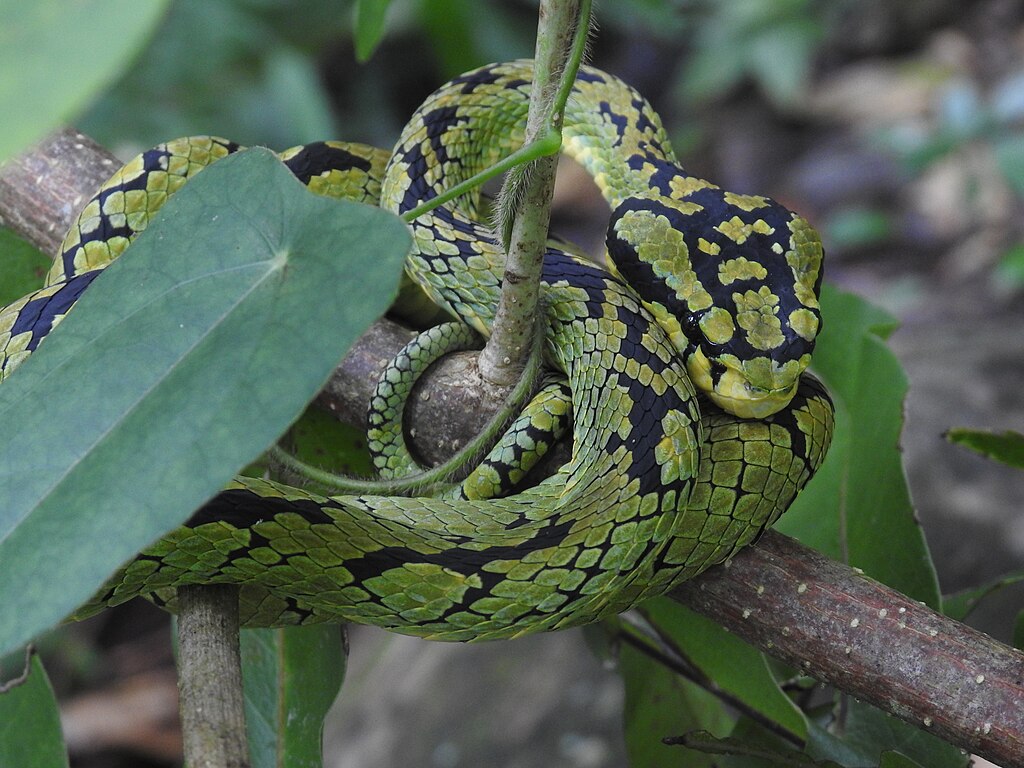
Chronic stress frequently manifests as changes in a snake’s physical condition, with weight loss being one of the most concerning signs. A healthy snake maintains a rounded body shape with muscle tone that feels firm but not hard. Stressed snakes may develop a triangular body shape when viewed in cross-section, with a prominent spine and concave sides indicating muscle wasting and fat loss. You might notice the snake feels lighter when handled, or that the body no longer fills out properly. Regular weighing can help detect subtle changes before they become visually apparent, as a loss of more than 10% of body weight without an obvious cause (like a normal breeding fast) suggests ongoing stress affecting the snake’s overall health. Monitor your snake’s condition by gently feeling along its body during handling sessions, noting any changes in muscle tone or body shape.
Unusual Movement Patterns
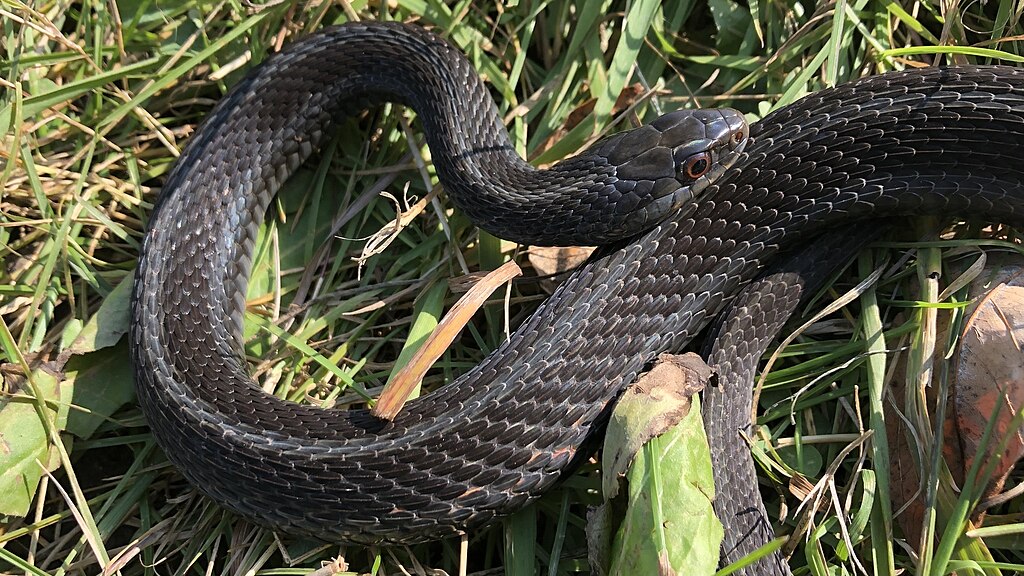
Stress can dramatically alter how a snake moves within its enclosure. Healthy snakes typically display smooth, purposeful movements when active, while stressed individuals might exhibit frantic, erratic, or repetitive behaviors. Watch for “stargazing” (where the snake appears to stare upward with an unnaturally twisted neck), corkscrewing movements, or tremors, as these could indicate serious neurological issues triggered by extreme stress or disease. Some stressed snakes may repeatedly rub their snouts against enclosure walls or continuously circle their habitat in a desperate attempt to escape perceived threats. Pay particular attention to any difficulty coordinating movements or maintaining normal body posture, as these changes suggest significant physiological stress that requires immediate veterinary consultation.
Changes in Response to Handling
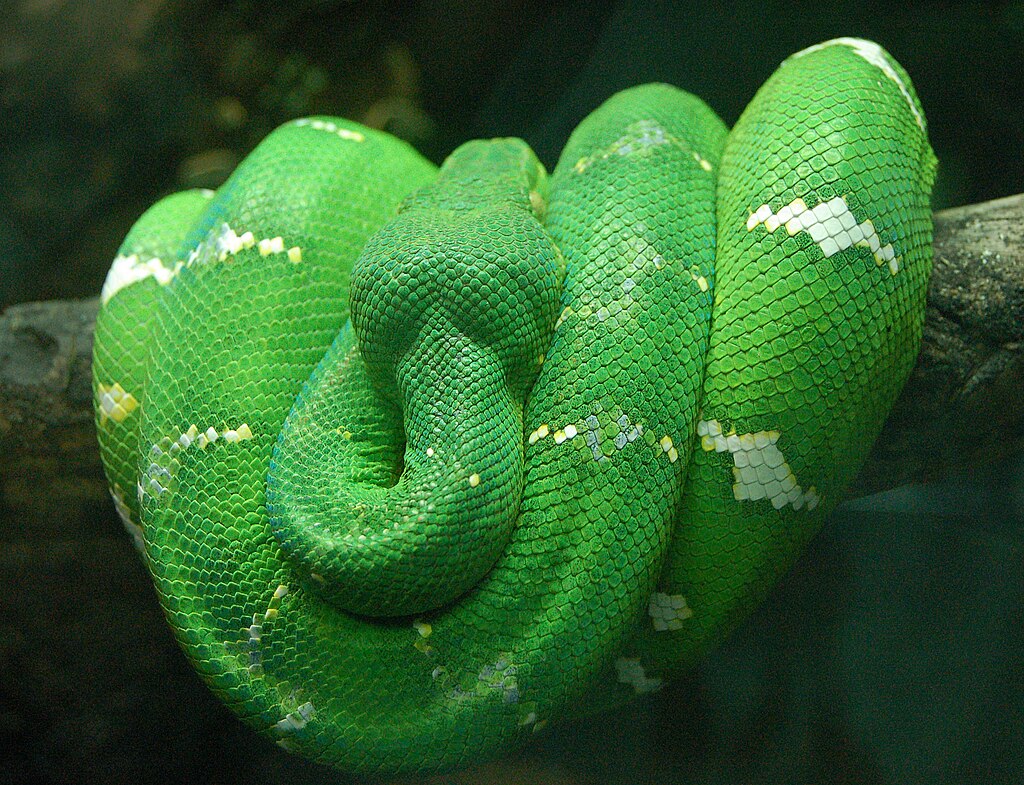
A snake’s tolerance for handling often serves as a reliable barometer for its stress levels. A previously docile snake that suddenly becomes defensive, strikes, or attempts to flee during handling sessions may be experiencing significant stress. Conversely, an ordinarily active snake that becomes limp or unresponsive during handling might be exhibiting stress-induced lethargy or illness. Watch for subtle body language cues during handling, such as tense muscles, rapid breathing, or the snake constantly trying to move away from your hands. Even normally handleable species benefit from consistent handling routines, and deviations from established patterns can create additional stress, creating a negative feedback loop that worsens the snake’s condition over time.
Environmental Stress Factors
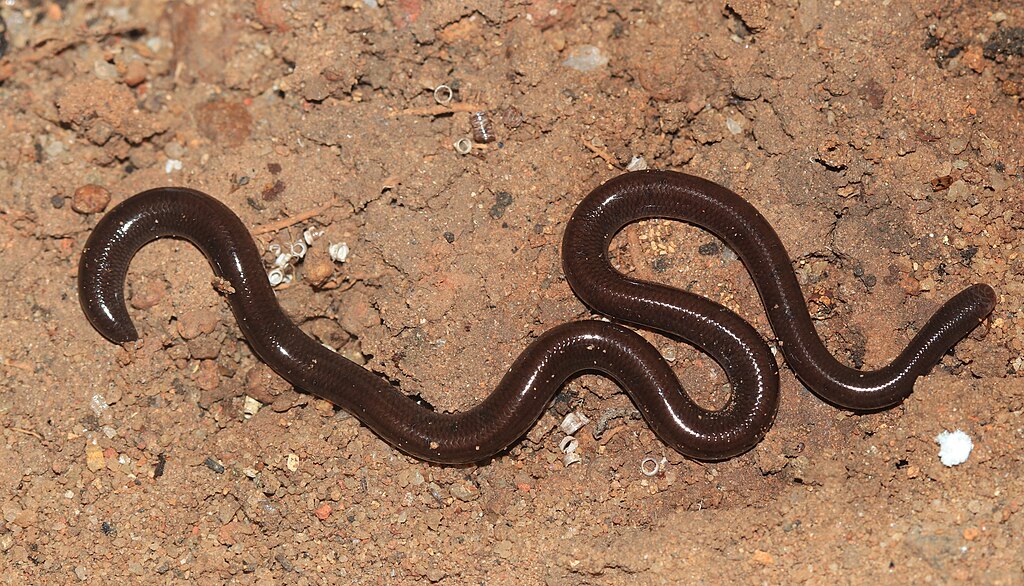
Many stress behaviors in captive snakes directly result from suboptimal habitat conditions. Inappropriate temperature gradients prevent proper thermoregulation, forcing the snake’s body to work harder to maintain basic functions. Humidity levels outside the species’ natural range can cause respiratory issues and shedding problems, creating chronic stress. Enclosures that are too small restrict natural movement patterns, while those lacking adequate hiding spots leave the snake feeling perpetually exposed and vulnerable. Even factors like excessive vibration from nearby equipment, bright lighting during night hours, or frequent disturbances can create a stress-inducing environment. Regular monitoring of temperature, humidity, and other environmental parameters using appropriate equipment helps ensure your snake’s habitat promotes wellbeing rather than generating chronic stress.
Stress-Related Health Complications
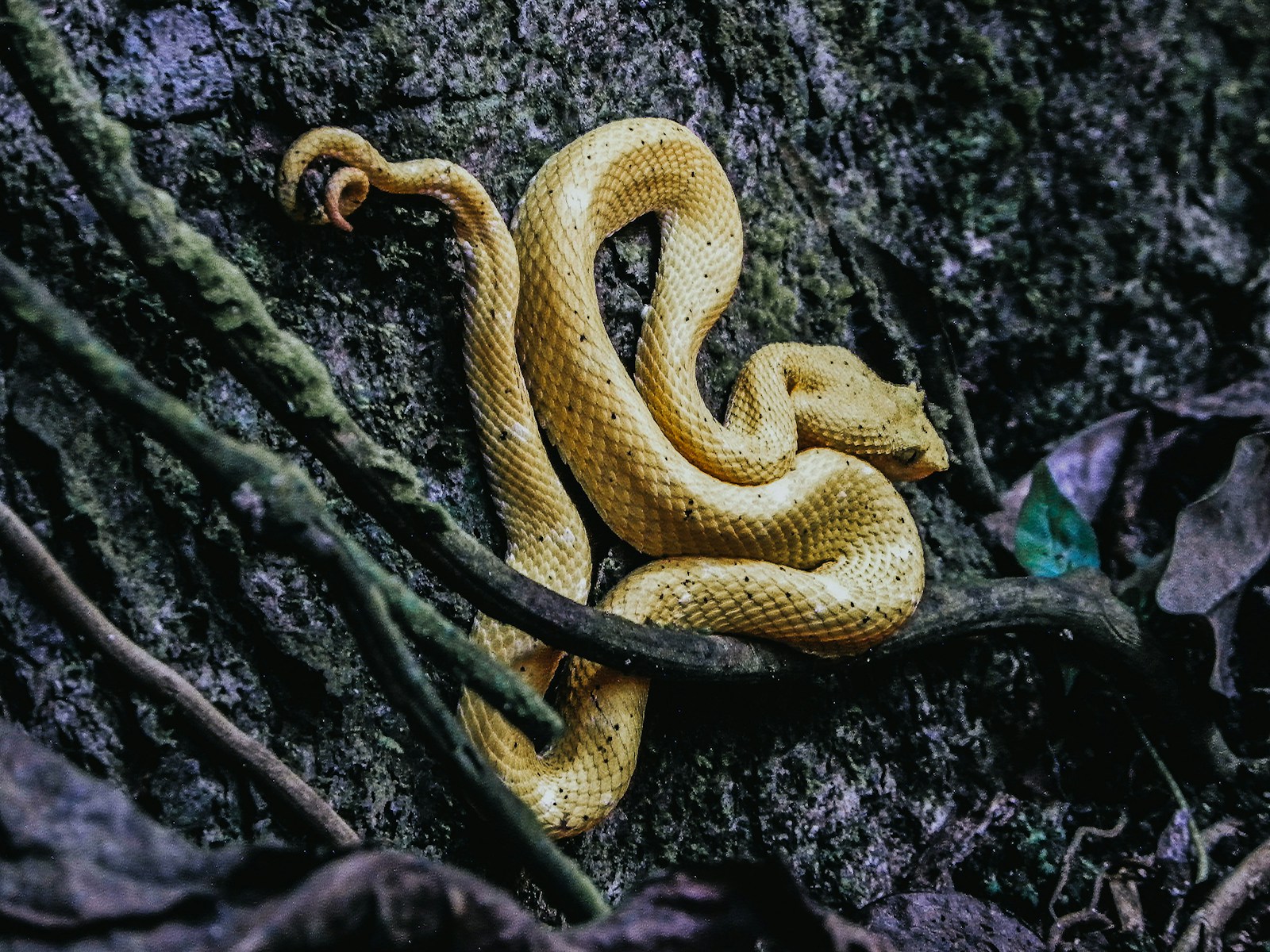
Prolonged stress in captive snakes frequently leads to serious secondary health issues that compound the original problem. Immunosuppression represents one of the most dangerous consequences, as chronic stress hormones weaken the snake’s natural defenses against pathogens. This vulnerability often results in opportunistic infections that might not affect a healthy snake but can overwhelm a stressed individual. Digestive problems frequently develop, including regurgitation, constipation, or impaction, as stress hormones interfere with normal gastrointestinal function. Neurological issues may emerge with continued stress, manifesting as disorientation, unusual posturing, or loss of coordination. Without intervention, this cascade of stress-related complications can become life-threatening, highlighting the importance of addressing early stress signals before they progress to serious illness.
When to Seek Veterinary Help
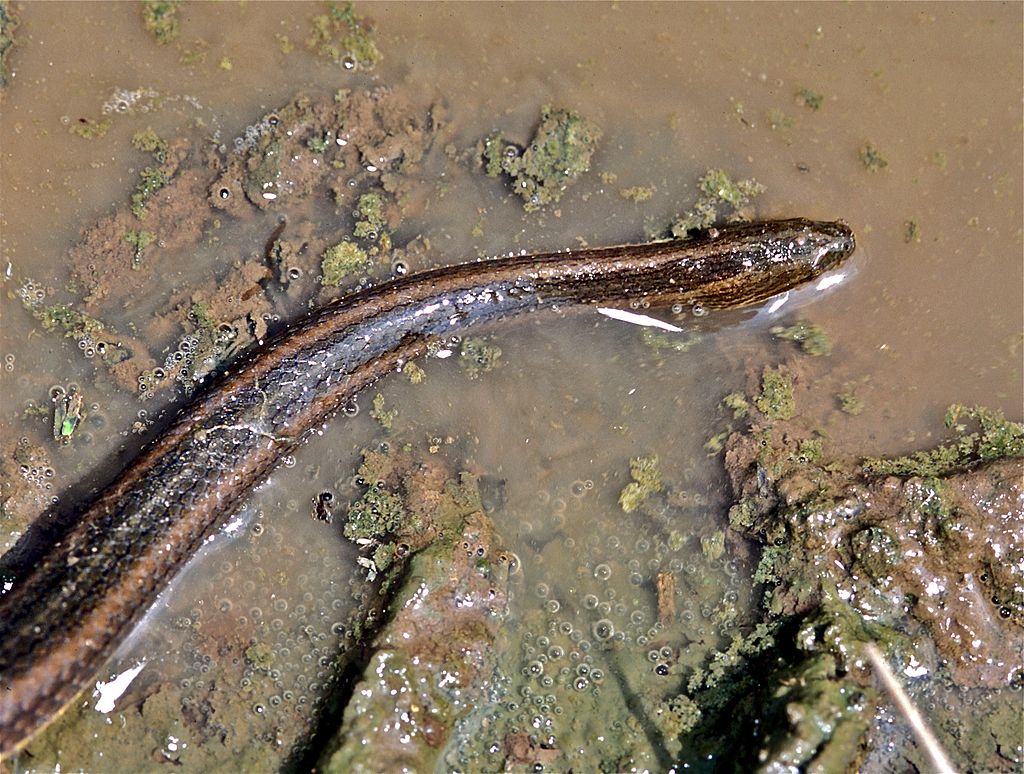
While minor stress responses might resolve with environmental adjustments, certain signs warrant immediate professional attention from a reptile-experienced veterinarian. Seek help if your snake displays respiratory symptoms, neurological abnormalities, significant weight loss, prolonged feeding refusal, or repeated regurgitation. Multiple incomplete sheds despite humidity corrections also justify veterinary consultation, as do any unusual growths, discharges, or visible injuries. Remember that snakes naturally hide illness until advanced stages, meaning subtle stress signals can rapidly progress to life-threatening conditions. When selecting a veterinarian, ensure they have specific reptile experience, as snake physiology differs significantly from mammalian pets, requiring specialized knowledge for proper diagnosis and treatment. Establishing a relationship with a qualified reptile veterinarian before emergencies arise ensures your snake receives appropriate care when needed.
Creating a Low-Stress Environment
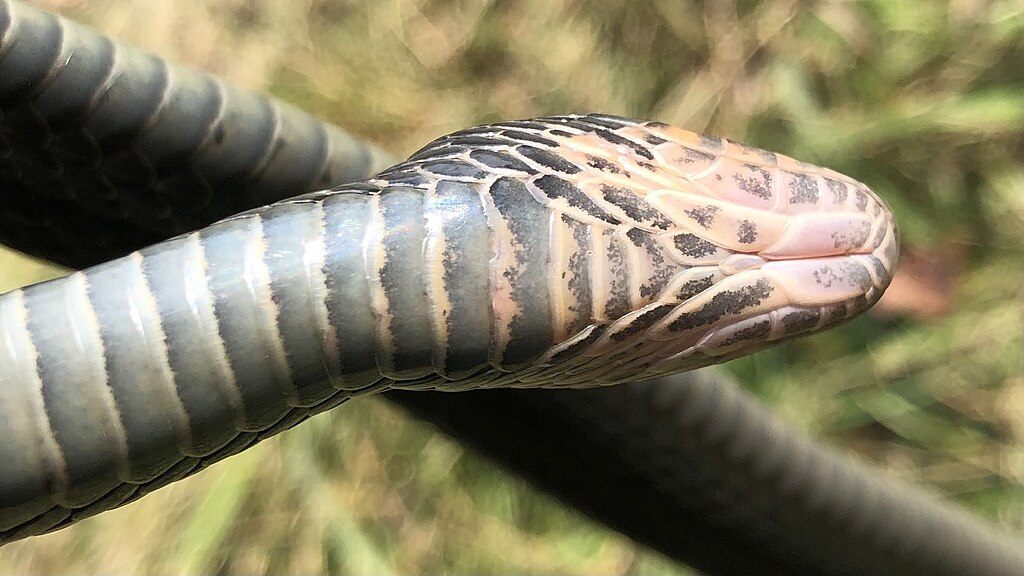
Prevention remains the most effective strategy for managing snake stress, focusing on creating an environment that meets all physiological and psychological needs. Provide appropriately sized enclosures with thermal gradients allowing the snake to self-regulate its body temperature, typically ranging from ambient room temperature to a basking spot reaching species-specific hot temperatures. Include multiple secure hiding locations throughout the temperature gradient so the snake never needs to choose between thermal comfort and feeling secure. Maintain consistent handling routines without overwhelming the snake, and limit disruptive activities near the enclosure. Consider visual barriers on some sides of glass terrariums to reduce the fish-bowl effect that makes some snakes feel constantly exposed. Regular but minimal habitat maintenance minimizes disruption while ensuring cleanliness, creating a balanced environment that promotes natural behaviors and reduces stress triggers.
Conclusion: Becoming Fluent in Snake Body Language
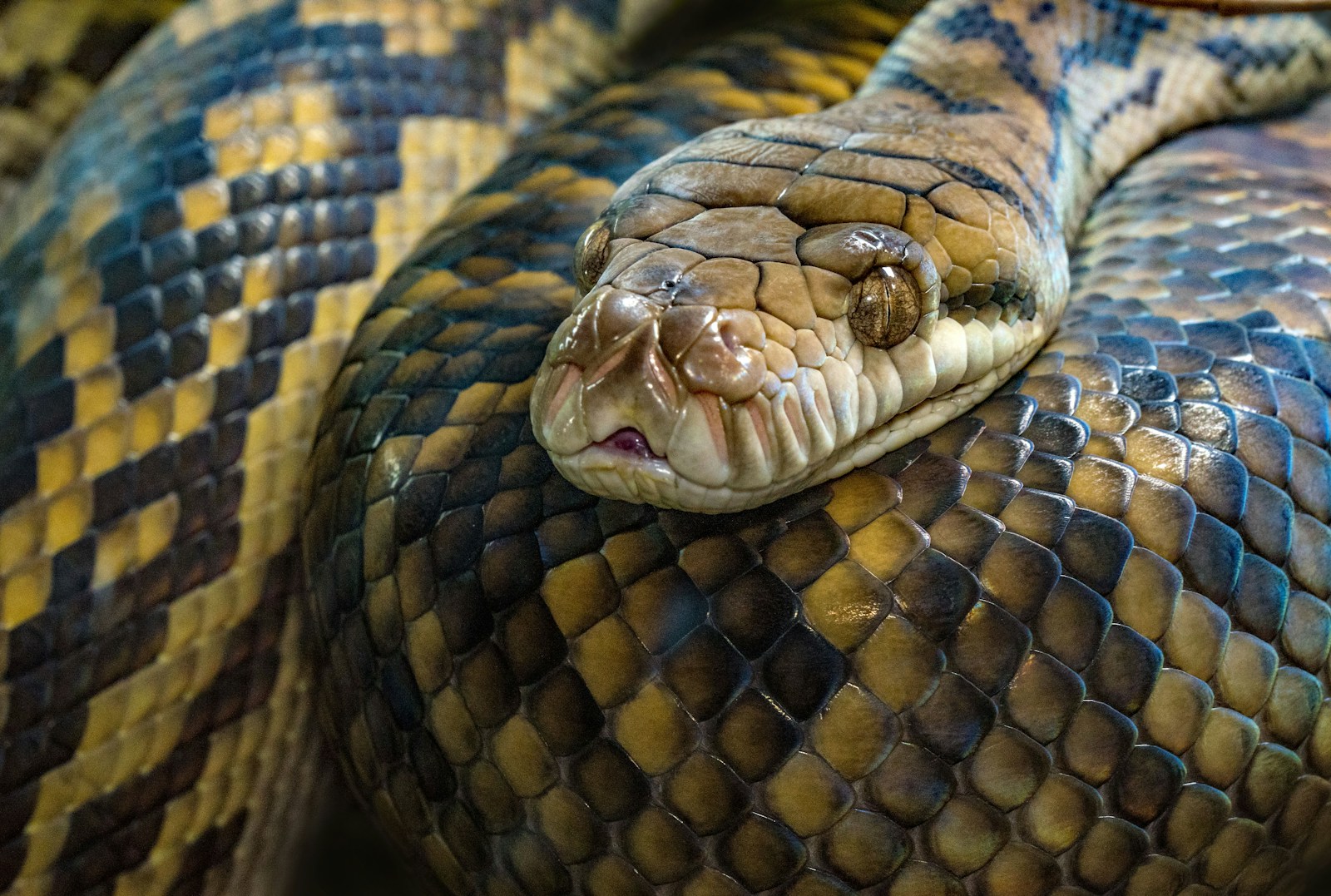
Recognizing stress signals in pet snakes requires developing a nuanced understanding of their subtle communication methods. By establishing baseline knowledge of your specific snake’s normal behaviors and regularly monitoring for changes, you position yourself to identify potential problems early. Remember that stress indicators rarely appear in isolation—multiple symptoms typically emerge together, creating a constellation of signals that collectively indicate your snake is struggling. Address environmental factors first when troubleshooting, as these represent the most common stressors in captivity. With patience, observation, and appropriate interventions, most stress-related issues can be resolved before they progress to serious health concerns. This attentiveness not only promotes your snake’s physical wellbeing but also strengthens the unique bond between reptile and keeper, enhancing the rewarding experience of snake ownership.

